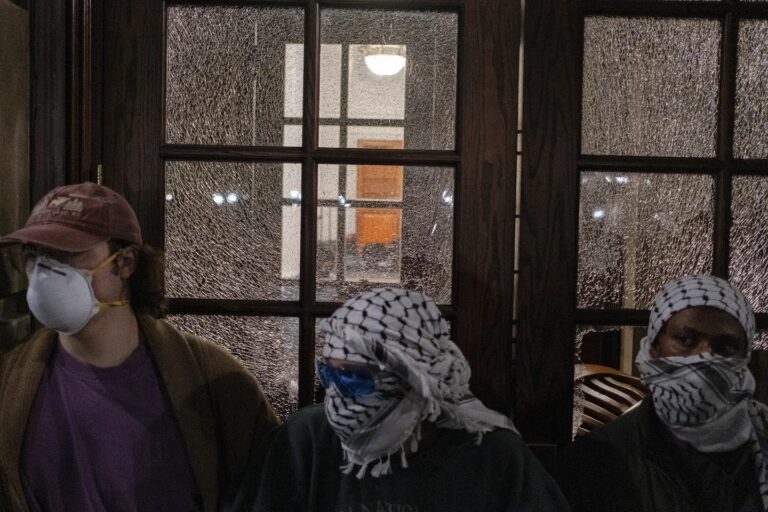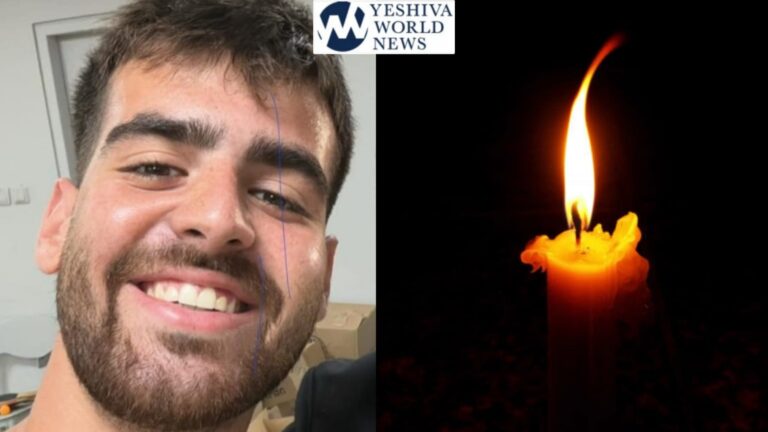 The following op-ed appeared on Bloomberg View:
The following op-ed appeared on Bloomberg View:
Forget the teeth-gnashing already occasioned by a new study on Jewish identity in the U.S. by the Pew Research Religion & Public Life Project. The only thing every generation of Jews has in common is the conviction that it will be the last. What matters for the continuity of Jewish life is quality, not quantity. And in today’s America, Jewish intellectual, cultural, spiritual and religious life is flourishing. Case in point: Beth Medrash Govoha of Lakewood, New Jersey, known as BMG or simply “Lakewood” — one of the two biggest yeshivas, or Talmudic colleges, in the history of the world.
At Lakewood, 6,700 undergraduate and graduate students pursue a curriculum focused on the Babylonian Talmud, the compendium of legal argument and ethical narrative that has informed traditional Judaism for a millennium and a half. Even at the height of the golden age of yeshivas in pre-war Europe, it is doubtful if that many people were studying the Talmud full time. The once-famed yeshiva at Volozhin (modern Valozhyn, now in Belarus), the progenitor of the modern yeshiva movement, had no more than 300 students, and perhaps as few as 150; only 60 were officially registered.
Then there is the mode of instruction at BMG, which presents a strikingly disruptive model of higher education. Every term, each student must sign up for a chabura (essentially, a semester-long seminar group) presided over by a fellow student who functions as the faculty member. A free-market system governs the organization of the seminars. There’s only one way to become a seminar head: to be nominated by your peers who sign up to join. If you don’t have enough sign-ups, you lose your faculty position. If you’re good, students will keep signing up each term and you keep your post.
Lakewood Model
Tenure doesn’t exist, except for a handful of senior faculty. The seminars can range in size from as few as 15 students to as many as 200. The members meet for lectures by the seminar head and guided discussions several times week. The rest of the time, they engage in analysis, debate and discussion with assigned partners. Senior faculty are available for guidance and help as needed. Subject matter, too, varies, with some seminar groups focusing on specific sections of the Talmud and others pursuing a wider range of topics addressed by Jewish legal tradition.
In essence, the students are running the institution. Traditional Jewish education is usually thought of as intensely hierarchical, and in some ways it is — respect for rabbis and teachers runs deep. But when it comes to the intellectual heart of the yeshiva, the core activity of Talmud study, the Lakewood model is astonishingly egalitarian and democratic.
That egalitarianism doesn’t extend to women. The yeshiva doesn’t ask anything about the private lives of its students (though it requires that they not date during their first term in residence, the so-called “freezer”) — but it is resolutely, unabashedly single-sex. By the end of the first year or two, most students are married and have children. The wives overwhelmingly work outside the home, supporting the extended graduate study of the men. As a result, the women of Lakewood pursue careers, and the study schedule is set so that the men can participate in child care during what would otherwise be the workday.
An extended community of roughly 55,000 has grown up around the yeshiva, bringing investment, construction — and political clout. In 2012, the New Jersey Legislature earmarked $1.3 billion for the state’s public and private universities — and BMG was awarded just more than 1 percent of that amount, $10.6 million, to build a library and academic center. The state American Civil Liberties Union has sued to challenge that allocation and a much smaller grant to the Princeton Theological Seminary. But because the funds were available to all institutions of higher learning in the state, and recipients include Catholic as well as single-sex institutions, the challenge is on shaky constitutional grounds and will probably fail.
Authentic Experience
Inevitably, BMG represents a limited slice of Jewish life. Its curricular focus on the Talmud largely omits Jewish philosophy, history and literature of even the most traditional kind. Its rigorous and restricted life-world will never be right for the vast majority of American Jews, any more than it was for their European predecessors.
But the yeshiva shows that one kind of authentically Jewish experience is flourishing in America — and that it is autonomous and independent. Its identity isn’t focused on the Holocaust or on Israel, but on intellectual engagement with the Talmud. The yeshiva is neither Zionist nor anti-Zionist.
Only 5 percent of BMG alumni become congregational rabbis. And 25 percent become educators. The rest are engaged in study for its own sake. They will enter the workforce when they are done; armed with skills of logic, formal reasoning and a type of critical thinking, they largely succeed after training in a professional field or going directly into business.
Graduates of institutions such as BMG won’t solve the demographic challenges to American Jewry highlighted by the Pew study. Moreover, the American Jewish community will not be fundamentally transformed by an Orthodox population that hovers near 10 percent. But BMG matters. It matters for the future of Jews in America precisely because it matters for the future of Judaism in America. By privileging ideas and thought over identity, it proudly stakes out a position of genuine durability.
(Noah Feldman, a law professor at Harvard University and the author of “Cool War: The Future of Global Competition,” is a Bloomberg View columnist. Follow him on Twitter at @NoahRFeldman.)
Reprinted with permission from the author.
NOTE: The views expressed here are those of the authors and do not necessarily represent or reflect the views of YWN.
DO YOU HAVE AN OPINION YOU WOULD LIKE TO SEE POSTED ON YWN? SEND IT TO US FOR REVIEW.
(YWN World Headquarters – NYC)











5 Responses
Fascinating article. However, I question the wisdom of posting a picture of the institution identified in the article as the location where thousands of men sit learning. Call me paranoid but this is a public site & there’s no need to make anything easier for a crazy person looking to harm us. Hashem should always protect us everywhere.
The penultimate paragraph speaks of the experience of the seventy percent of BMG graduates who enter the workforce after graduation. I would like to know what sources of information support the description of that experience, e.g., how many become lawyers, physicians, engineers, scientists, accountants, bankers, et al.
“They will enter the workforce when they are done; armed with skills of logic, formal reasoning and a type of critical thinking, they largely succeed after training in a professional field or going directly into business.”
Indeed. After nine years of yeshiva I hover with my family at the poverty level by working ten hours daily with a pick and shovel for a construction company. At age 60, I must keep up with young rednecks one third my age. Davening? “Man dikar shmay?” My workday begins before alos. I am lucky to get home by shkiah to daven minchah and a tefilas n’dova with tallis an tefillin. Don’t give me this chazerai about yeshiva preparing for a future parnossa.
Not a bad article depicting the Lakewood community
even if it is coming from the the guy who volunteered to fight the Tenafly eruv case
“arizona” makes a good point. Info from school admins in my state say that 25% of people paying tuition are also paying for the 75% who are getting breaks because they can’t afford it. This is success?